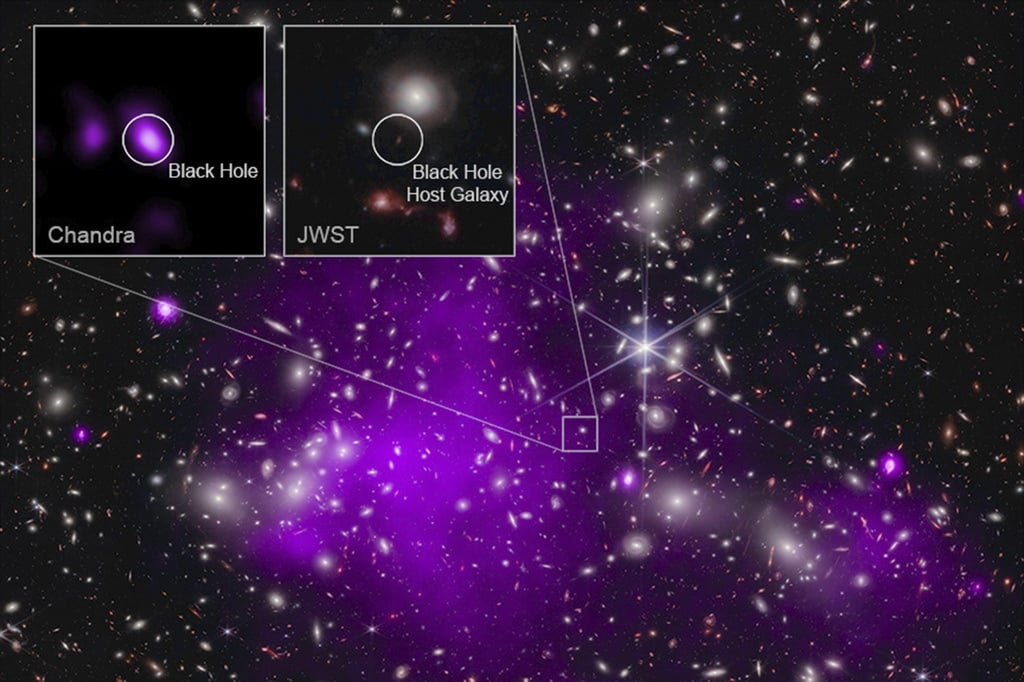
Composite image from Chandra and James Webb telescope data shows a black hole about 470 million years after the Big Bang event.
The new discovery once again confirms the theory that supermassive black holes have existed since the dawn of the universe. The James Webb Space Telescope and Chandra X-ray Observatory worked together over the past year to make the observations that led to this dramatic discovery.
If the universe is about 13.7 billion years old, the black hole is about 13.2 billion years old.
Even more surprising, the black hole, temporarily considered the "ancestor" of black holes until an older representative is found, is 10 times the size of the black hole in our Milky Way, according to a report published in the journal Nature Astronomy .
Report author Akos Bogdan of the Harvard-Smithsonian Center for Astrophysics (USA) estimates that the black hole weighs between 10% and 100% of the mass of all the stars in its galaxy.
Meanwhile, black holes in the Milky Way and neighboring galaxies account for only about 0.1%.
Launched in 2021 and currently about 1.6 million kilometers above Earth, the James Webb Space Telescope is by far the largest and most powerful observatory ever sent into space. The James Webb Space Telescope observes the universe in infrared wavelengths.
The Chandra telescope, equipped with X-ray vision, was deployed into orbit in 1999.
"I absolutely take my hat off to Chandra for continuing to make such impressive discoveries 24 years after its launch," Bogdan said.
Source link


![[Photo] Looking back at the impressive moments of the Vietnamese rescue team in Myanmar](https://vstatic.vietnam.vn/vietnam/resource/IMAGE/2025/4/11/5623ca902a934e19b604c718265249d0)


![[Photo] "Beauties" participate in the parade rehearsal at Bien Hoa airport](https://vstatic.vietnam.vn/vietnam/resource/IMAGE/2025/4/11/155502af3384431e918de0e2e585d13a)


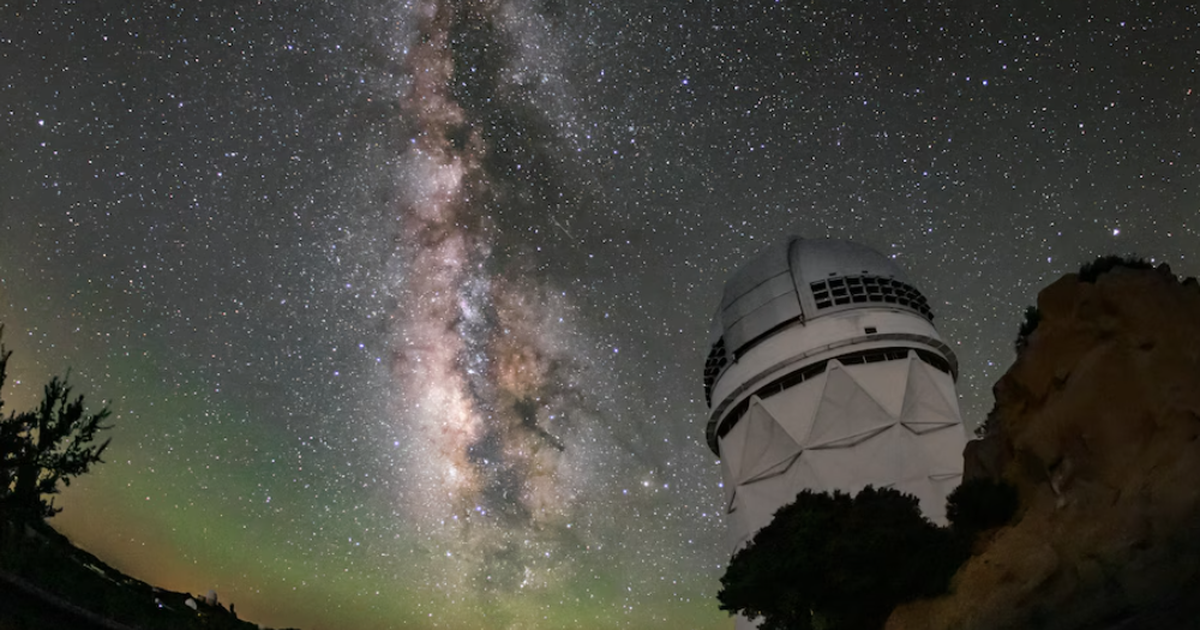



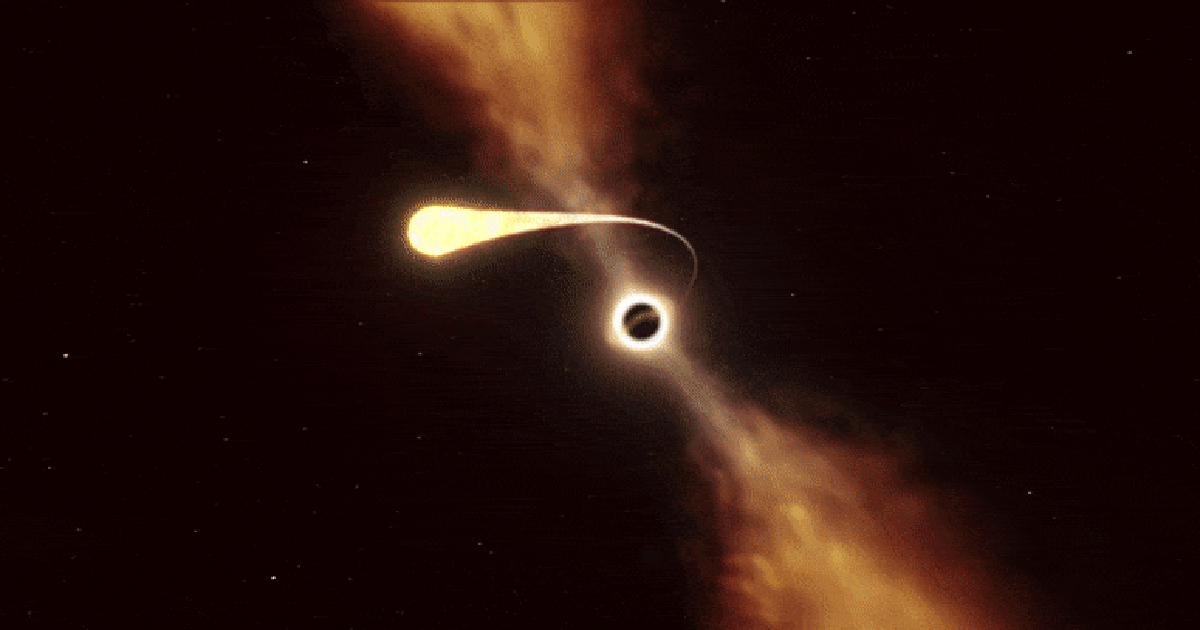
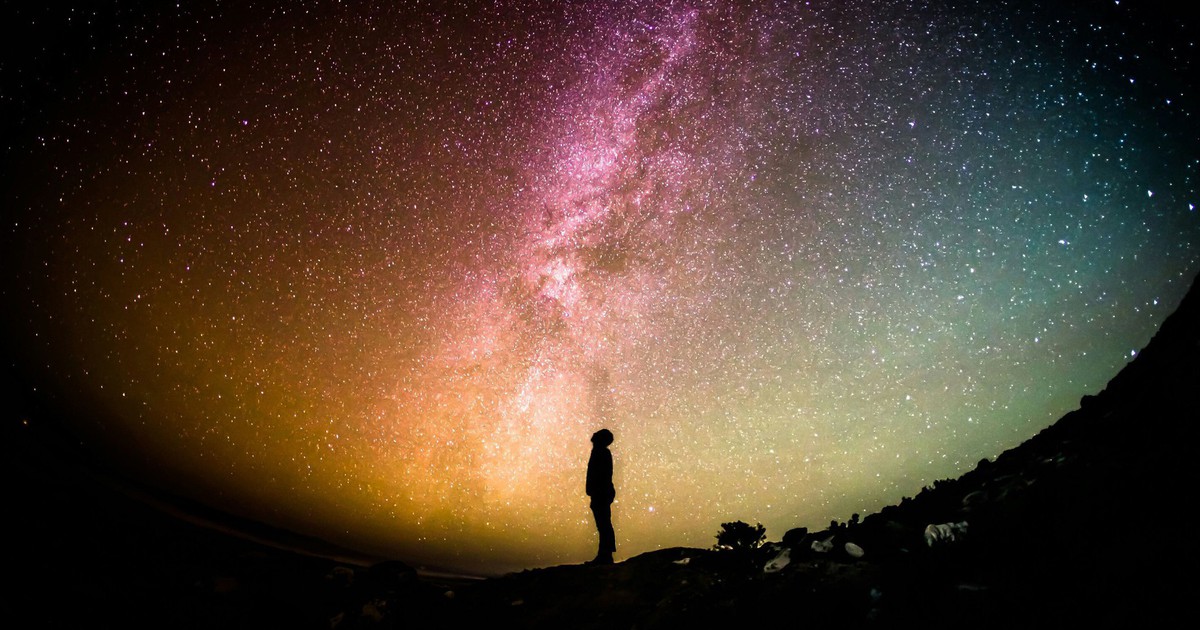
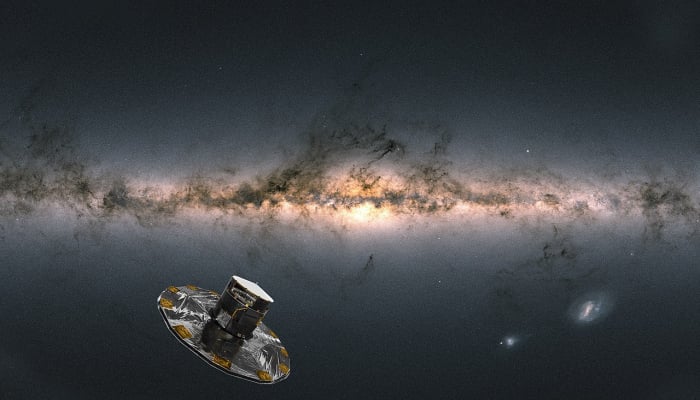















![[Photo] Summary of parade practice in preparation for the April 30th celebration](https://vstatic.vietnam.vn/vietnam/resource/IMAGE/2025/4/11/78cfee0f2cc045b387ff1a4362b5950f)





























































Comment (0)